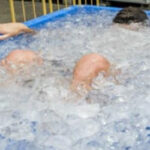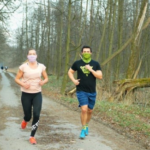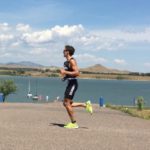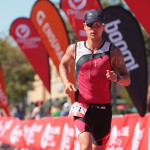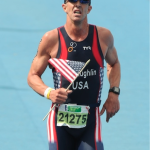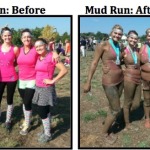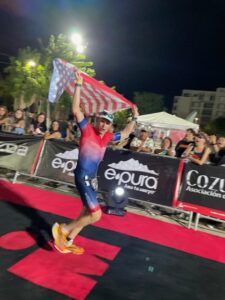 Fall is upon us. The days are shorter and nights are cooler. I really love this time of year. In Colorado, the air is crisp and clear. Autumn can be short here 90 degrees one day, snow the next and we’re on to winter!
Fall is upon us. The days are shorter and nights are cooler. I really love this time of year. In Colorado, the air is crisp and clear. Autumn can be short here 90 degrees one day, snow the next and we’re on to winter!
Off-season training: what does it mean? What’s the best use of your training time in the fall? Is it training or activity? Read on for great tips to keep you healthy and on track to meet your fitness and performance goals. I cover a lot of ground in this article, so I’ve split it into 2 segments. See what rings true for you.
- Take a break from technology. Slave to your Garmin or power meter? Let it go and learn to train by feel, tuning into how your body feels at different paces and intensities. Connect with yourself instead of an external device. A good resource on this subject is Matt Fitzgerald’s book: Run: The Mind-Body Method of Running By Feel.
- Learn to use some new technology. Now is a great time to learn how to use a power meter or go deeper into how your Garmin works. Take the time to read the manual! You’ve spent all that money on the device, make sure you know how to get the most out of it.
- Hire a coach. Study after study proves that athletes who seek professional advice and support perform better and stay healthier in the process. A good coach will help you stay healthy, plan workouts, keep you accountable, teach you how to improve your skills and mechanics, strategize for races and much more.
- Hill training. Get out and run and ride the hills before they are covered with snow and ice. Hills help you build a base of strength, and feel more comfortable when unexpected hills crop up in your next race.
- Long or short training sessions? In general, the off-season is a good time to keep things short. But, short doesn’t have to mean easy. It’s ok to add in some intensity in the way of intervals. If you’ve done a lot of hard intervals over the past few months, go in the other direction: nice easy long rides and runs. A great time to explore new trails, routes and training buddies.
- Late season & winter races. If you’re still keen to race, participating in single sport races can help maintain your motivation, satisfy your craving to race and work your weaknesses. Try something new: mud runs, cyclocross, 5ks for speeds, ½ marathon for sustained efforts, Gran Fondos, century rides, etc. Pick events that will be fun and/or challenge you to work your weaknesses. Approach them as fun, hard training days.
- Intensity & speed. As long as you are injury free, now is a great time to work on getting stronger and faster. Do your intervals from point to point instead of by your watch; try using RPE instead of your HR monitor. No need to go overboard on volume of intensity, but keep your body in touch with all energy systems.
- Post IM Blues. For anyone doing a late season IM, plan activities in the weeks after the IM to prevent the blues. Spend time with friends and family, engage in light activities, laughter, etc. Keep your endorphins running and body recovering. Your body needs the downtime, but has become “addicted” to the constant levels of endorphins. You can feed your brain while rejuvenating your body.
- Mindset reset. Take a good, honest look at your training and racing. Did you perform at your best? What are the thoughts that run constantly through your mind? Delving deeper into your mindset reality helps you strengthen and improve that muscle that is your brain. Is your mind working for or against you?
- Fun. Finally, whatever you do or do not do, keep it fun. This is what we do for recreation, health and fitness. Enjoy!

